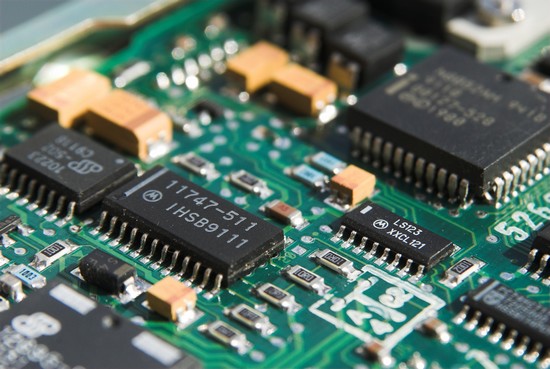Choosing the right PCB tool is essential if you want to be able to do the best of your skills and get the job done. If you own a business, the PCB tool you choose will have a direct impact on your engineer’s productivity and your bottom line.
If you’re a student or hobbyist thinking about moving on to the next step, choosing the wrong tool can affect your progress, or even discourage you. This is why it is important to look at products from as many different angles as possible to ensure that you choose the right one for you.
Here are some factors you need to consider when choosing a PCB design tool.
Resources and Tutorials
If you are new or have done some PCB design on the side and want to get serious, then you should choose a tool that has a wide range of resources. You also want a tool with a less steep learning curve, but still performant enough to do some professional work.
Tools like Altium, for example, have tons of resources available such as training, manuals, and technical support. Altium layout tutorial is also very detailed and will introduce you to basic design tools and tricks to help you increase your productivity.
While learning a new tool always takes time, you want to make sure the vendor will provide you with the necessary training opportunities to get up and running as quickly as possible.
Market Recognition
If you want to know how good a tool is, just ask. If you have a tool in mind, do the rounds and ask people what they think about it. There are tons of forums dedicated to PCB design, like edaboard.com, for example. There are also many subreddits dedicated to PCB design.
See what people are saying about a particular tool, and things like price, how widespread it is, how user-friendly it is, etc. You’ll also get an idea of the stability and longevity of the tool, so you know it won’t be obsolete in a few years.

Complete Offer
You also don’t want a tool that you have to patch thousands of third-party apps with. Having a tool with one common platform will not only make integration easier and avoid incompatibility issues but also save you money. Don’t be fooled by very cheap tools.
Chances are you’ll have to plug the hole and spend a lot of money on apps that might clash with each other.
You also need a tool that will offer a unified design environment. This will make communication between engineers and departments much easier. You’ll be able to avoid things like bills of materials that don’t match and your technician will no longer have to write ECOs by hand.
You’ll also be able to consistently meet deadlines and ensure that you get it right the first time.
Conclusion
These are just some of the things you should look for in a good PCB tool. However, this should be enough to help you weed out bad options and compile a list of potential tools that could help you or your organization.








